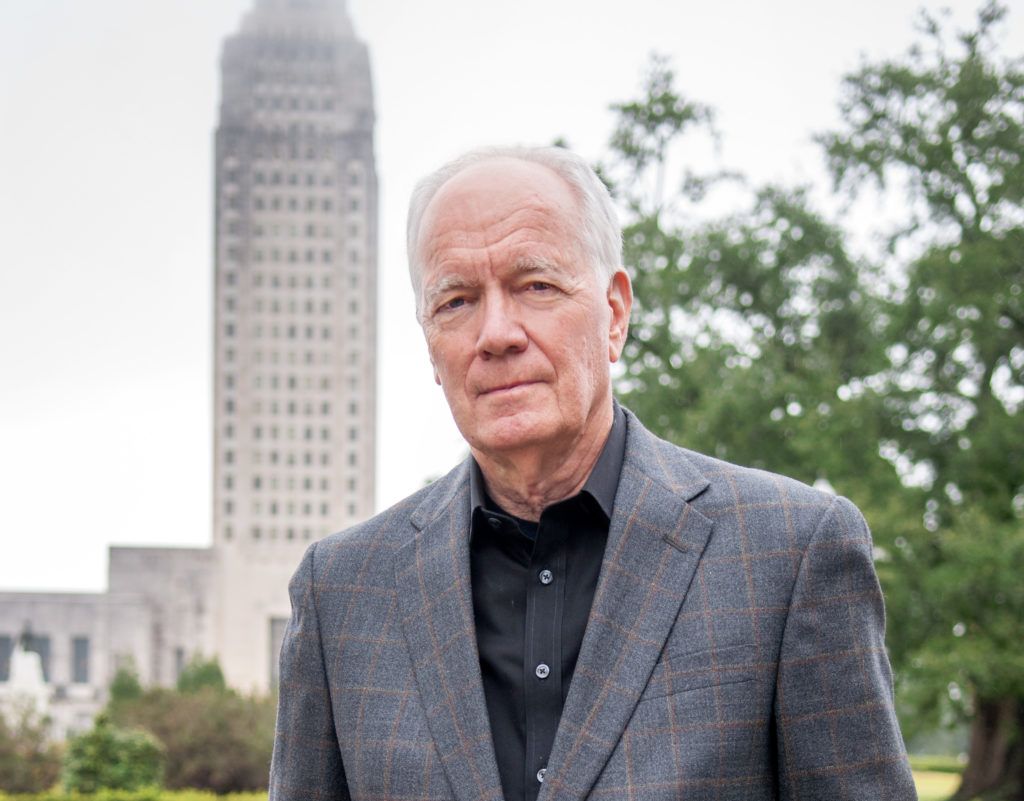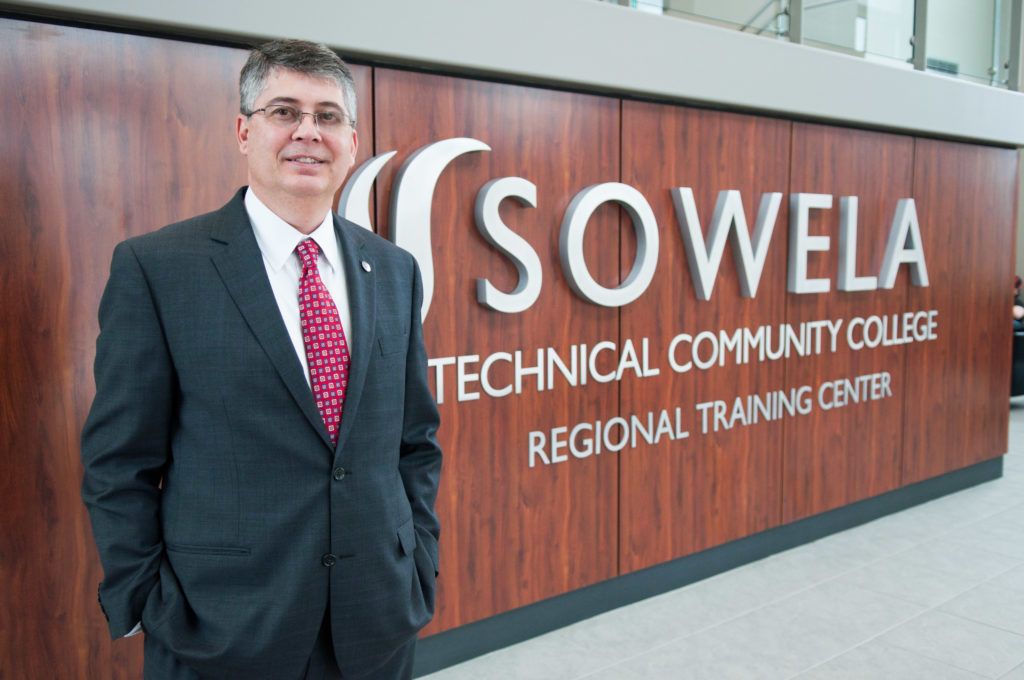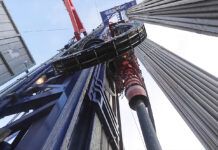Sasol’s decision to abandon plans for a $15 billion gas-to-liquids plant in Lake Charles late last year was essentially a nonevent, as economists and industry leaders had for months predicted the project’s cancellation. Low oil prices and a saturated natural gas market had made the GTL investment impractical long ago.
In a written statement, Russell Johnson, senior manager of corporate affairs for Sasol’s North American Operations in Houston, says the value proposition for Sasol to build new GTL projects was “uneconomic against a volatile external environment and a structural shift to a low oil price environment.” The GTL process converts natural gas into diesel and other refined products.
Had it been constructed, the project would have been the biggest industrial investment in Louisiana history. Instead, Sasol said it would focus on completing its $11.1 billion ethane cracker at the Lake Charles complex.
Economist Loren Scott of Loren C. Scott & Associates in Baton Rouge had already considered the likelihood that the GTL project wouldn’t happen in his Louisiana Economic Outlook: 2018-19. “Oil prices would need to be significantly higher to make a natural gas-to- gasoline project make sense,” Scott says. “We had already discounted that and assumed it was not going to happen.”
Furthermore, Scott predicts that similar factors could impact, or at least delay, another major contributor to southwest Louisiana’s economic future: liquefied natural gas. “When the price of oil dropped, it changed the competitive dynamics for the LNG plants,” he says. “More importantly, it made it difficult for LNG owners to make a profit. You are no longer competitive with Russia and some of the Middle Eastern countries when it comes to selling LNG. That also made it difficult for you to raise capital to build these costly plants.”
In the previous high-dollar oil environment, LNG suppliers could easily enter into 20-year contracts with clients. That all changed in 2014, Scott says.

THE LONG-TERM PLAY
Jason French, chairman of the Louisiana Energy Export Association, admits the brakes have been tapped a bit by LNG owners, but insists that demand is rising. Most forecasters steadfastly predict that market demand will spike in the early 2020s, and that’s about how long it would take to build a plant.
French feels there’s really no comparison between GTL and LNG. “Even with oil no longer at $100 a barrel there is still significant and rising demand for LNG in the global marketplace,” he adds. “While there are those who would argue there’s a glut, in recent months we’re seeing some of the highest prices for spot LNG in Asia in three to four years. You’re seeing some fairly substantial rebounding in price.”
Most experts agree that an LNG shortage is imminent by 2022-23, which is why French and others are pushing for the next wave of projects to get off the ground. “These projects take six or seven years to build. You can’t just flip a switch when demand arrives in 2023.”
Prognosticators in BP’s Energy Outlook 2035 say globalization will be the primary reason for future increases in natural gas demand. “The rapid growth in the U.S. and Australia is likely to drive big structural changes in the global natural gas markets,” says Mark Finley, BP’s general manager of Global Energy Markets, “with LNG playing the role of connecting what are currently disconnected regional marketplaces through growing trade and building more of a global gas market.”
In recent months, the Lake Charles-area LNG market has seen some signs of life. Venture Global LNG’s Calcasieu Pass LNG project and Tellurian Inc.’s Driftwood LNG project—both to be located in southwest Louisiana—received scheduling notices from the Federal Energy Regulatory Commission, providing some optimism that they will soon receive permits. French hopes that construction at the Driftwood site could begin by the first half of 2019.
Nearby, Cheniere Energy’s Sabine Pass liquefaction operation is already delivering product around the globe and has another two production trains on the way, while the Cameron LNG project south of Lake Charles is under construction.
Still, for the short-term Scott says the price of oil will remain a drag on the market as a whole, making investments in capital more difficult. “Folks can’t get 20-year contracts, which in turn means it’s difficult for them to raise the billions of dollars to build their facilities. The price of oil has worked against the eight or nine LNG projects that are still at the FEED stage.”

NEXT STEPS
So what does Sasol’s pullout and LNG’s uncertain future mean for Lake Charles? Initially, Scott predicts the city will experience a bit of an economic lull in 2018 as a variety of projects are completed and few are tapped to break ground. Construction-wise, that translates to a decline of about 5,000 jobs from 14,500 to 9,500.
Things will likely pick up late in the year. “During the latter part of 2018 and early part of 2019 two or three of these LNG facilities could decide to pull the trigger and start building so that their plants will come on line by 2022,” Scott says. “They’re timing the construction so that they’ll be ready right about the time we start running into a shortage.”
In the meantime, LNG owners are scrambling to find innovative ways to raise capital and re-examining their customer base, which will ultimately determine who breaks ground first. Tellurian is raising capital by offering equity in its projects, says French, who is also the company’s vice president of government and public affairs. “This is a unique business model in the U.S. LNG market,” he adds. “We’re offering project equity to our customers by actually making them an owner, which is what a lot of global customers want.”
In such an arrangement, about 70% of the operation would be owned by outside customers, with the remaining 30% of capacity sold in the spot market. That’s a new approach for U.S. LNG. “It allows us to take on less debt and give customers certainty in price. If they’re owners, they can lock it in,” says French.
It also fits into a portfolio of offerings at Tellurian that is comprised of long-term, mid-term and short-term contracts. “I think that’s what you’re seeing across the industry … more of a portfolio approach to meeting demand. The industry is adapting to new market conditions, and that’s why I’m confident it will continue to grow and be successful.”
Regardless of market conditions, however, it remains unlikely that a majority of the state’s announced LNG projects will break ground. “Given the nature of the growth and demand for LNG, and the amount that’s coming on line, it’s just hard to see that the market can handle eight of them,” Scott says.
AN LNG TSUNAMI
George Swift, president/CEO of the Southwest Louisiana Economic Development Alliance, says 10 years ago the cancellation of a multibillion-dollar GTL plant would have been catastrophic for Lake Charles. That’s not the case today. “Someone said only in southwest Louisiana could you lose a $15 billion plant and not be too upset about it,” Swift says. “Sure, that’s a loss of 750 permanent jobs, but we have $65 billion of projects in the queue. We have to keep things in perspective.”
While many are wondering what Sasol plans to do with the several-hundred acres of prime industrial property previously allocated for the plant, Johnson says nothing definitive is planned for the land, at least for now. “The LCCP (Lake Charles Chemicals Project) is establishing Sasol’s Lake Charles location as an integrated, multi-asset site that will enable growth for decades to come, providing a strategic platform for further investment in our chemicals business,” he says in a written statement.
Sasol’s LCCP consists of a 1.5 million-ton-per year ethane cracker and six downstream chemical units, and is currently under construction adjacent to Sasol’s existing chemical operations. The project’s current price tag is $11.13 billion, including an additional $130 million expenditure related to Hurricane Harvey. Johnson expects few to no changes in the scope of the existing plant, with production forecasts on target with previous announcements. “We have hired our 500th full-time Sasol employee to support LCCP operations and expect to hire at least 200 more. Regarding construction jobs, we now have more than 5,000 construction workers on site.”
As LNG work begins to pick up, SOWELA Technical Community College Chancellor Neil Aspinwall feels good about his facility’s ability to accommodate workforce needs in the area for at least the next seven years. The school recently added a new $20 million trades and crafts training center and is continuously evolving in response to industry demand.
Recently, SOWELA ramped up its process technology curriculum. “We created a fast-track program where students can earn an associate of applied science in process technology in just 16 weeks,” he says. “That’s an eight-hour-a-day program, but you have to have a degree to participate.” Students with bachelor’s and master’s degrees are entering the program because they are attracted by starting salaries that average $75,000.
Additionally, SOWELA has upgraded its welding facilities, and added machinist, millwright and rod busting programs. For each of its programs, SOWELA maintains a program advisory committee comprised of owner and industry representatives. The committees convene each quarter to review curriculum, placement and retention rates. “They tell us how our graduates are doing, what we need to change and how they see their business models in the future,” Aspinwall says.
For the long term, he expects a paradigm shift in labor demand as industrial investment inevitably runs out of steam, adding that demand from the Lake Charles medical and gaming sectors will take up the slack. “I know these construction projects are going to dwindle one day,” he adds. “We’ll pick up a lot of new permanent workers, but for many of those programs the enrollment numbers are going to decline. We’ve started looking at programs where we know the numbers will be more consistent.”
This article was originally published in the first quarter 2018 edition of 10/12 Industry Report.








